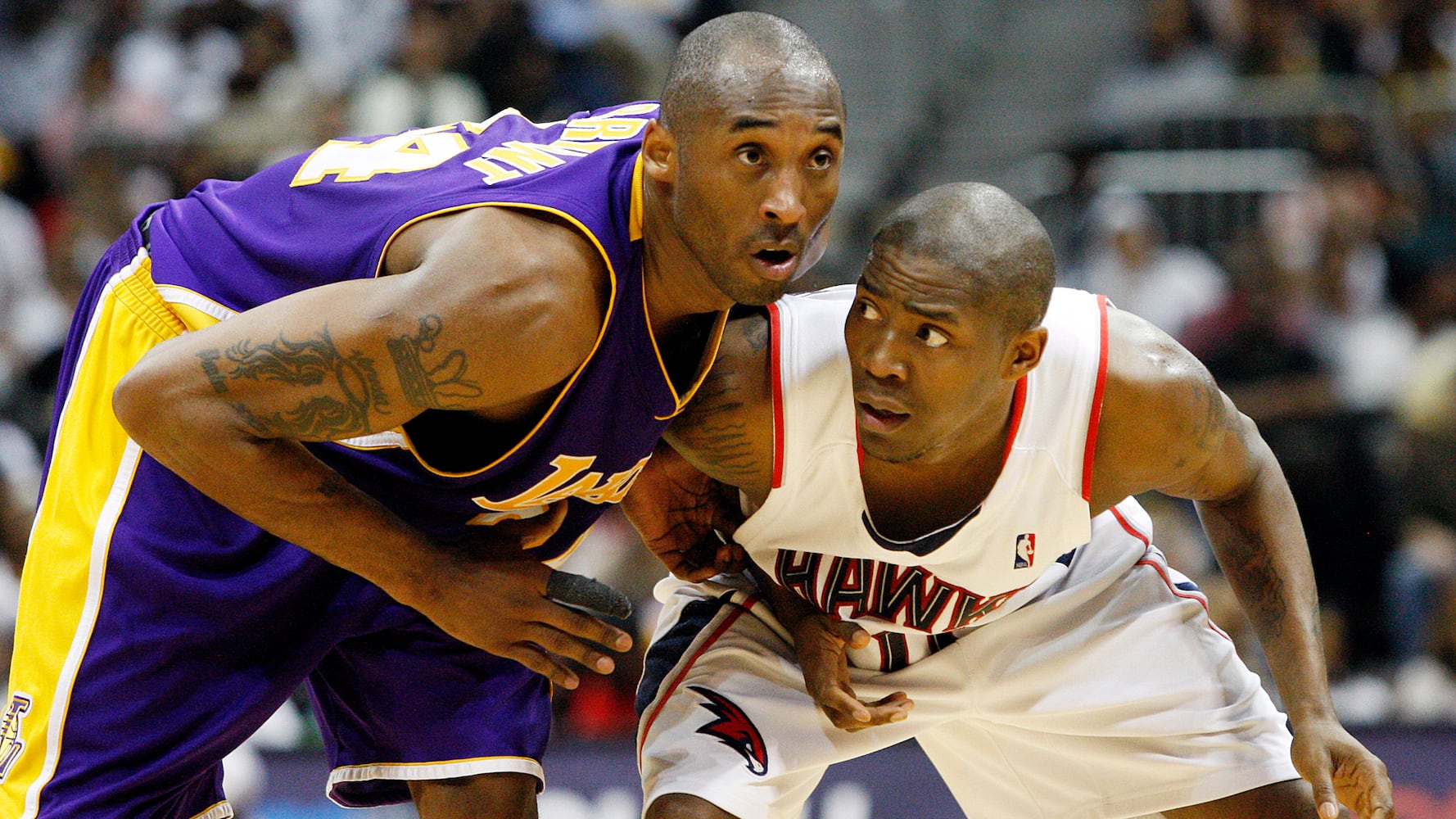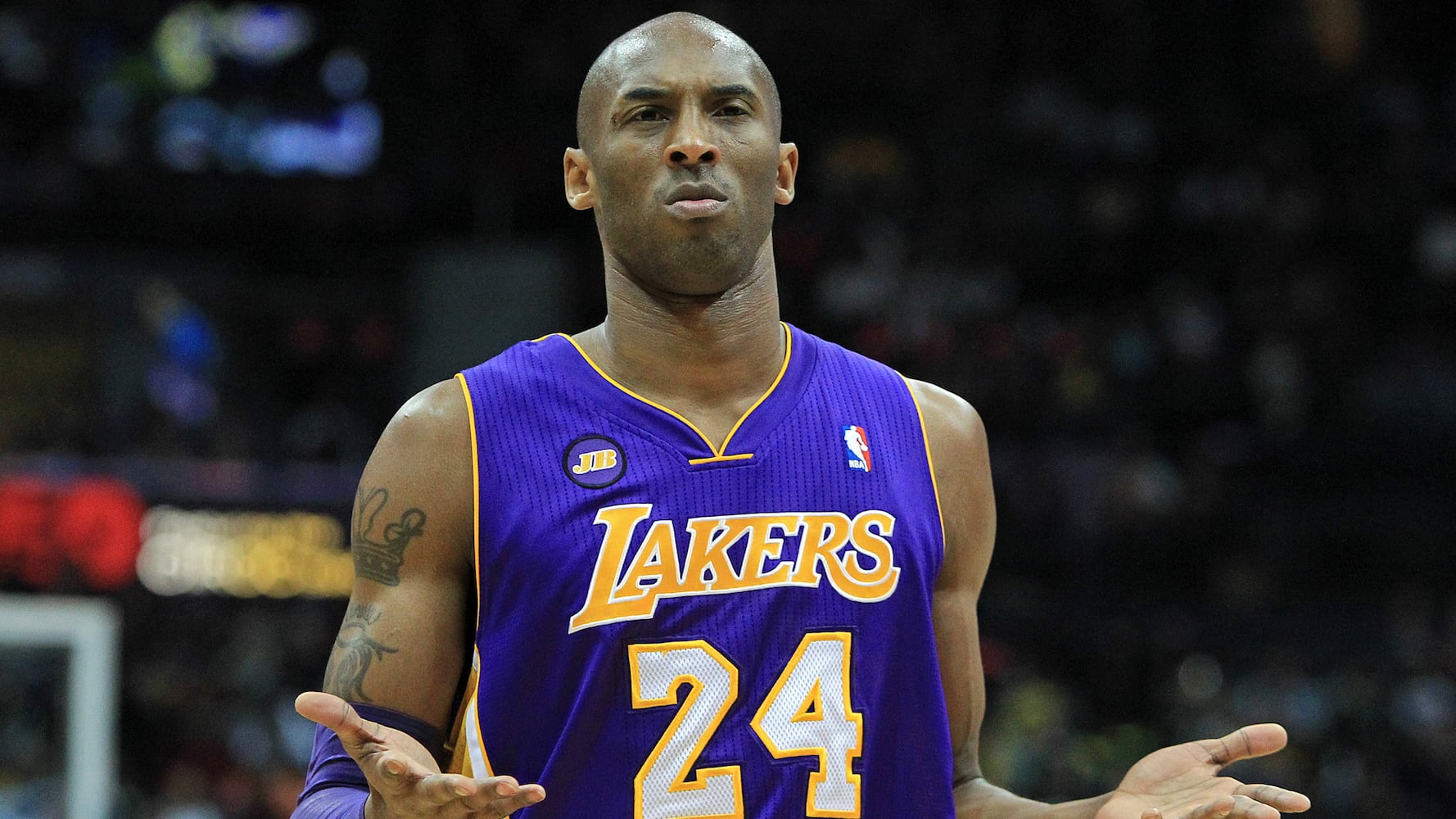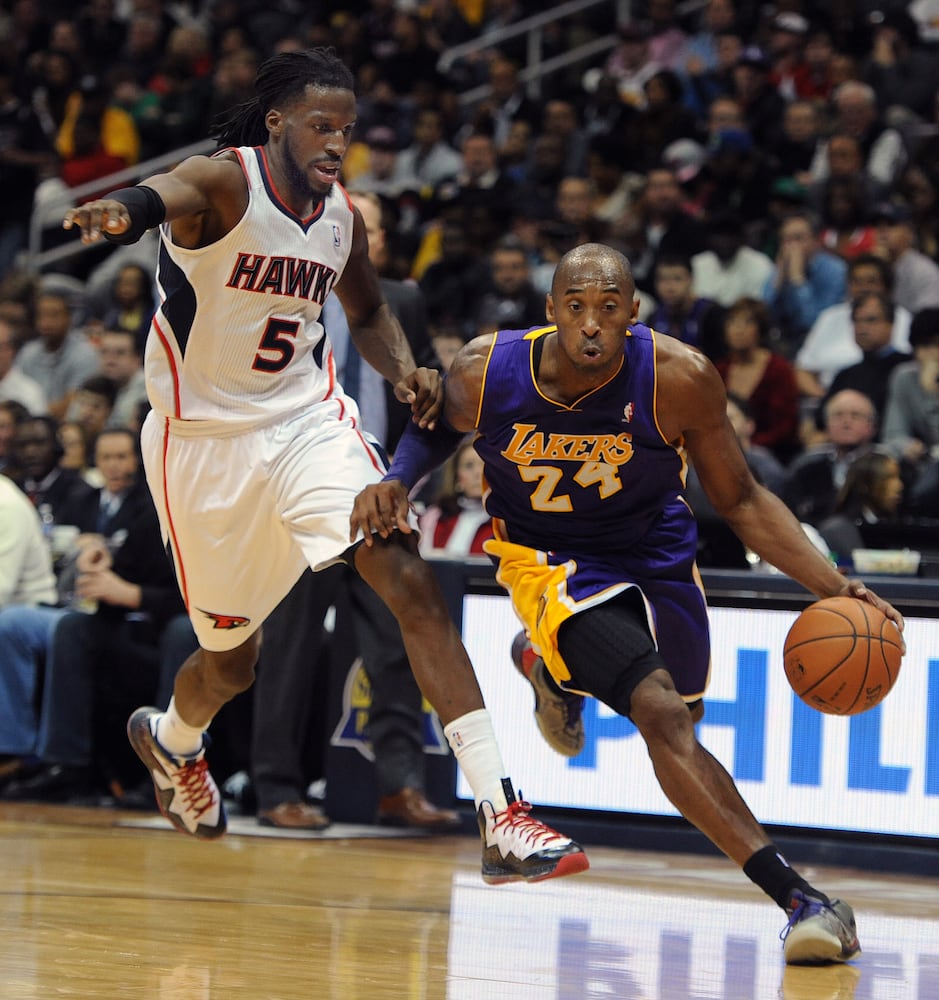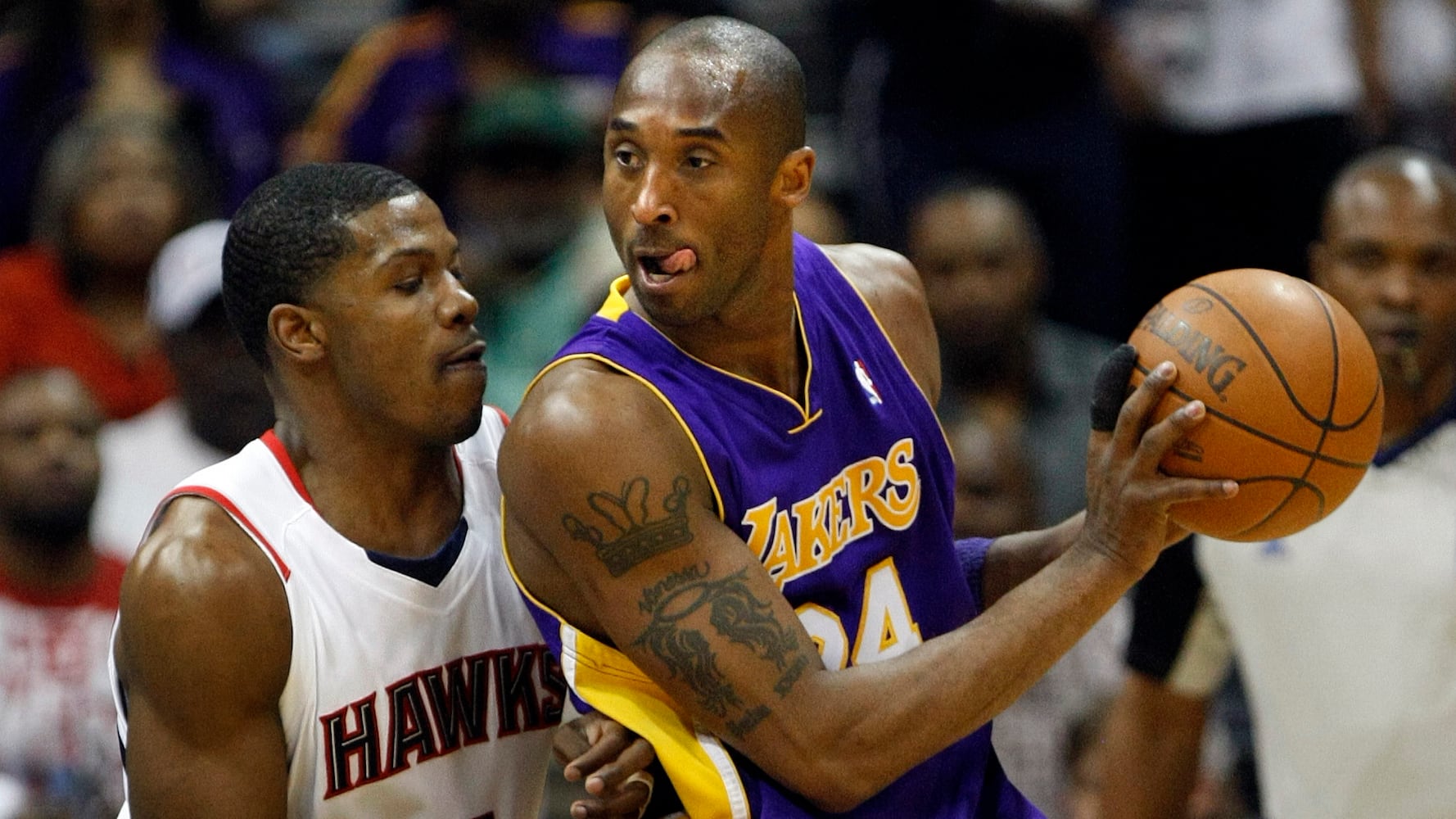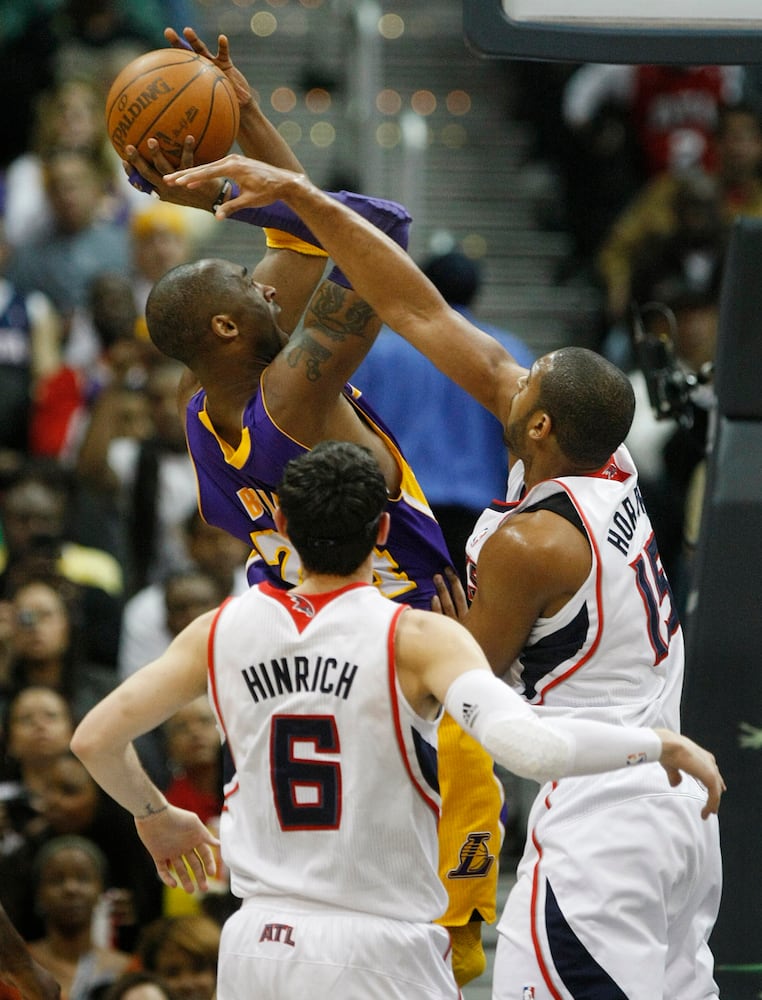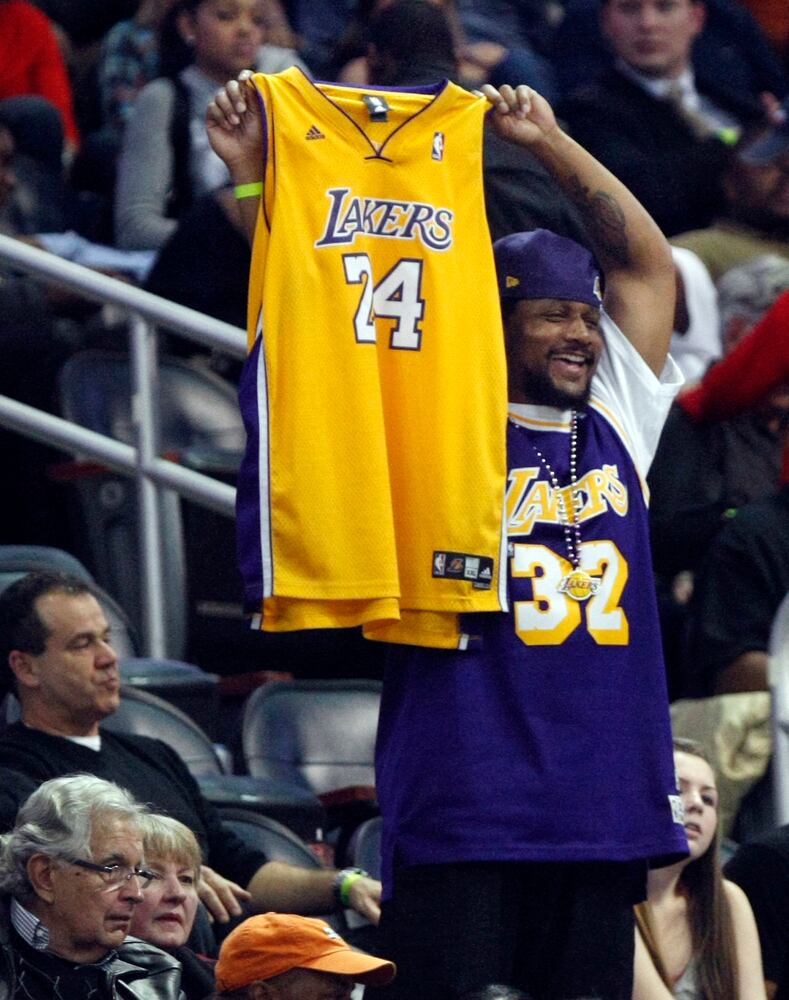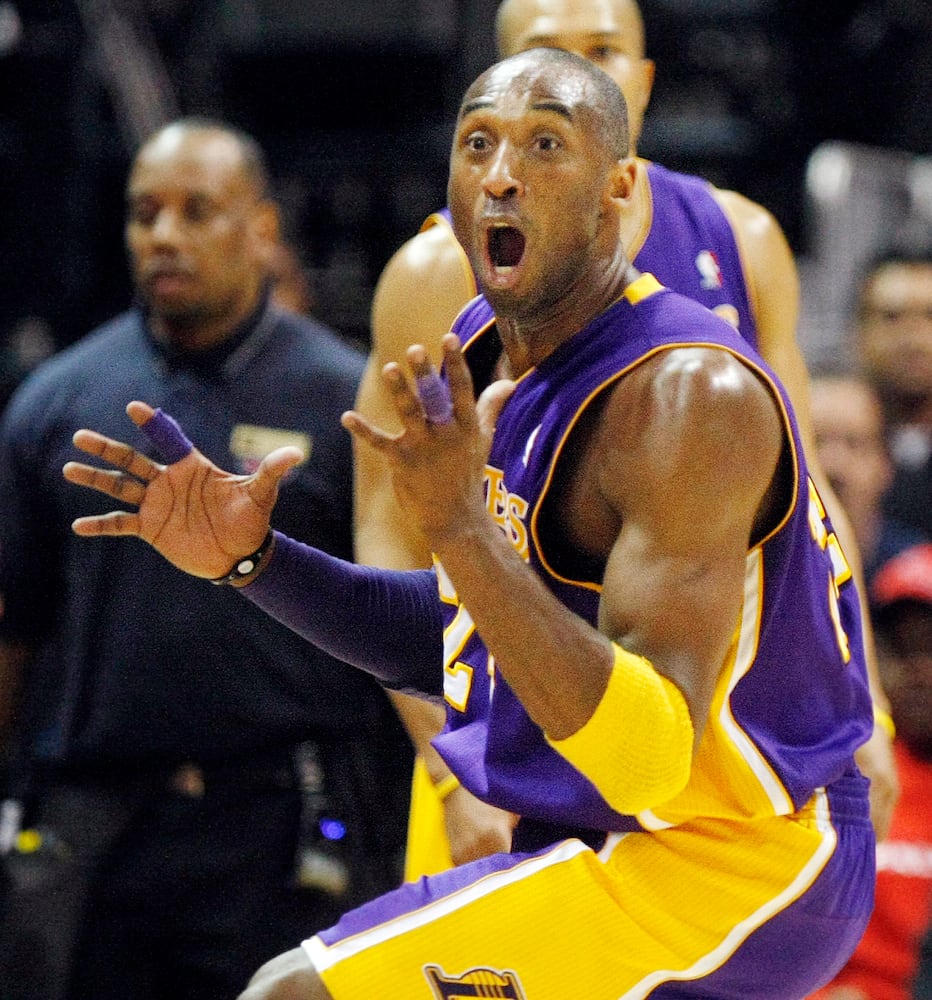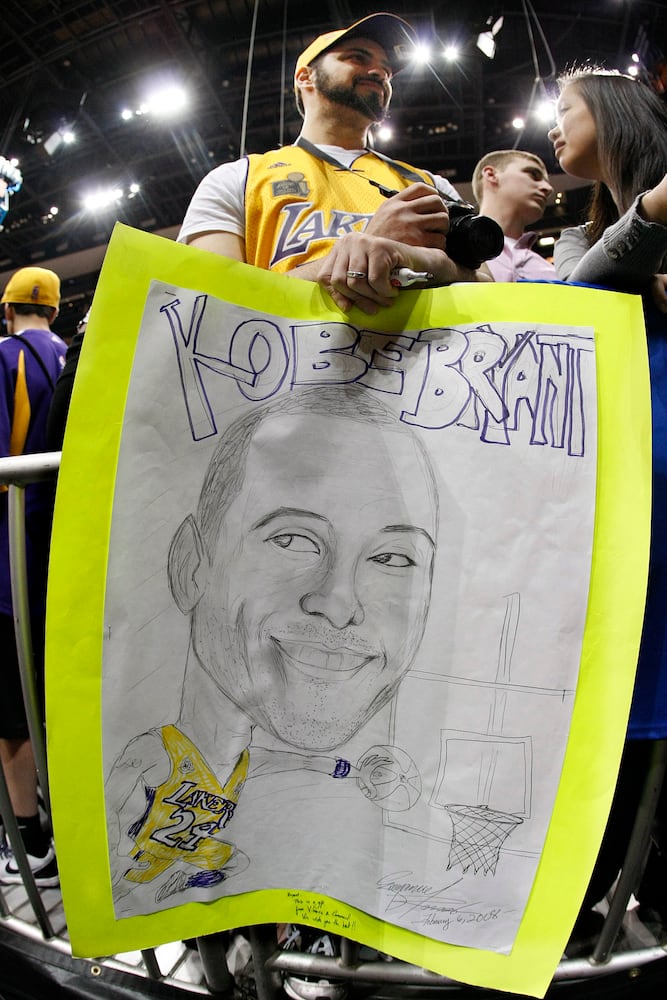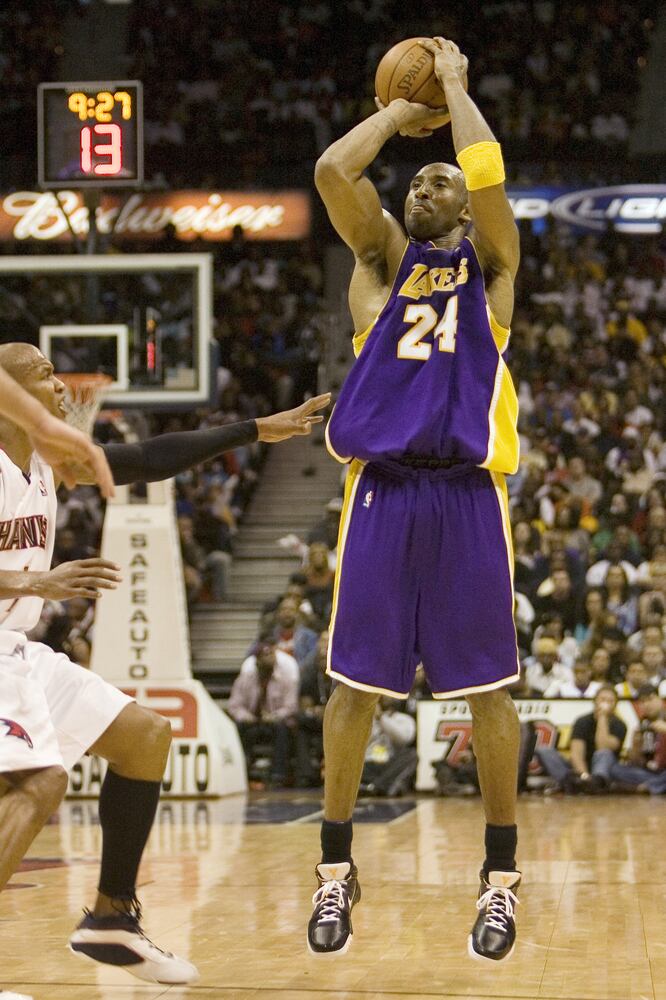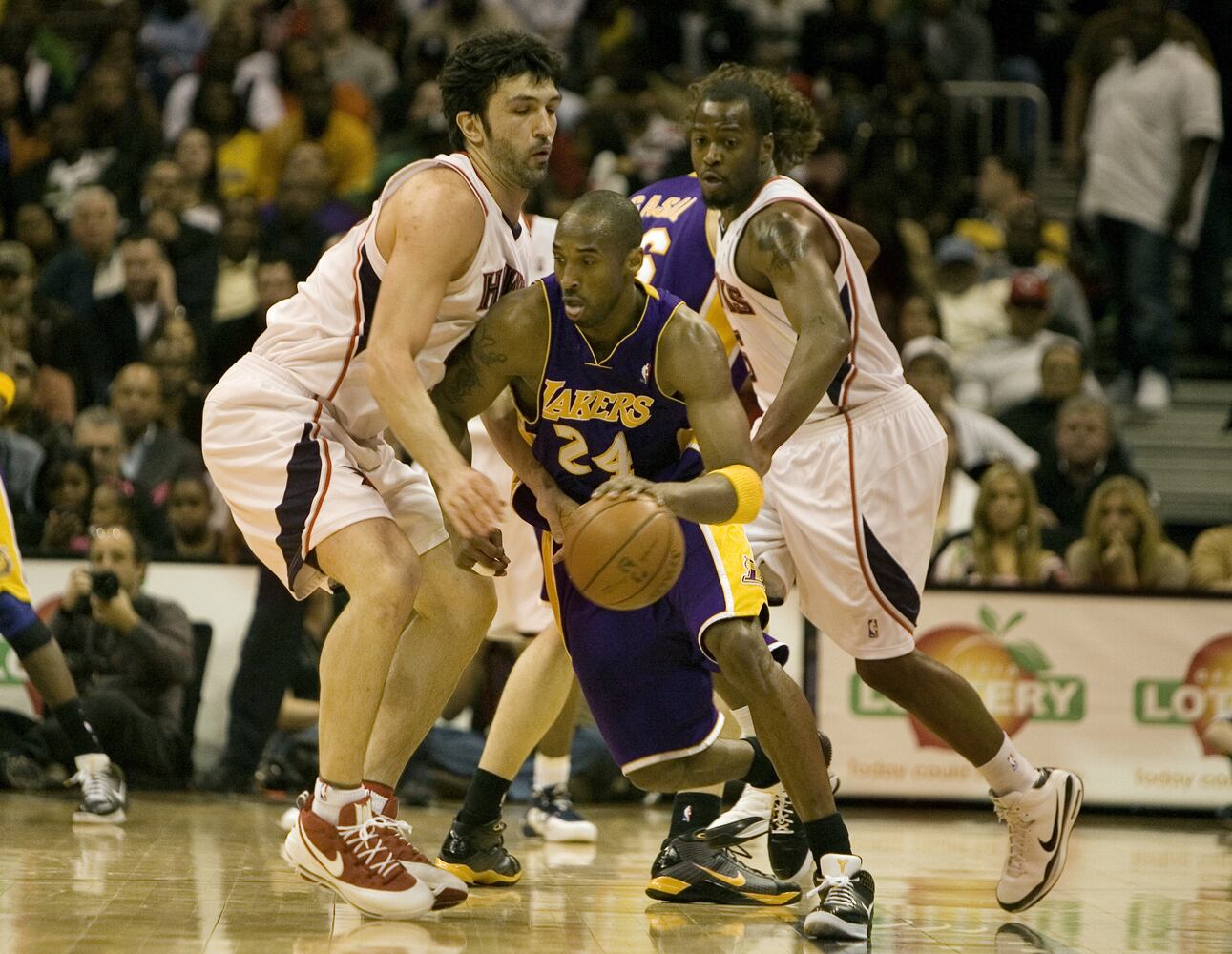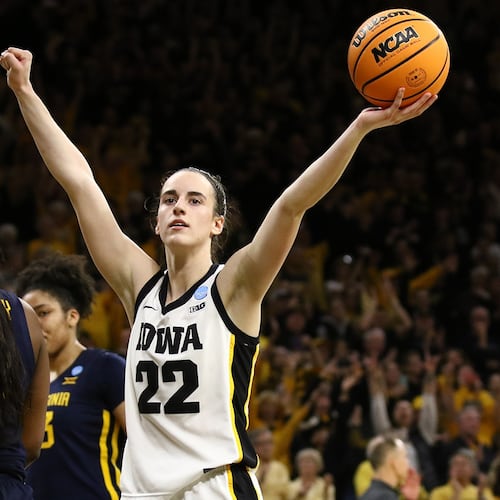Whenever I saw Atlanta-based Lakers scout Gene Tormohlen at a college game, I’d ask, “Seen anybody lately you like?” And Gene, who’d gotten the nickname Bumper during his playing days, would always say, “Kobe!” And then he’d clap me on the shoulder and laugh.
Bumper Tormohlen, who died in December 2018, was regarded as the NBA’s best scout. He’d devoted most of his adult life – he played six seasons for the Hawks, the first five when they were based in St. Louis – to finding basketball players. Kobe Bryant, who’d been drafted by Charlotte and then traded to the Lakers out of Lower Merion High in 1996, became his ideal – a world-class talent who had every skill and who possessed maybe the toughest mindset the sport has seen.
We note that basketball has given us Bill Russell, Michael Jordan and LeBron James, none of whom suffered fools gladly or took losing lightly. But Kobe Bryant, dead not four years after his final game, might have outstripped those legends as the purest essence of player/force of will. He wasn’t a giant like Russell or Wilt or Kareem. He couldn’t jump over everybody like MJ. He didn’t have LeBron’s body. But man could he cut you to pieces.
For the record, Bumper would never take credit for finding Kobe. “That was Ronnie Lester,” he always said, speaking of his Lakers colleague. But it was Tormohlen’s Lakers, then run by Jerry West, who snagged the teenager and then, one day before the Olympics began in this city, held a lavish press conference downtown to announce they’d signed free agent Shaquille O’Neal.
Theirs was an odd partnership. Shaq had the bigger personality – Shaq’s personality is the size of Siberia, though lots warmer – and it wasn’t long before Kobe began to chafe at being the faithful sidekick. (Shaq’s laissez-faire attitude toward fundamentals and foul shooting and personal training was surely anathema to the laser-focused Kobe.) They did, however, win three NBA titles together. Shaq would go on to take a fourth with Miami sans Kobe, who saw that and raised it by taking a fourth and fifth as the main man on the 2009 and 2010 Lakers.
We recall their feuding days, which was always good copy, but we sometimes forgot how great they were together. The apex of their partnership came in Game 7 of the Western Conference finals against Portland, a 59-win team that had carried the Lakers to the brink. With 10 minutes left, the Trail Blazers led by 15. Driven by desperation, the Lakers chased them down. Kobe put his team ahead with 1:50 left. And then …
With the Lakers up four with 45 seconds left, he took the ball above the arc and faced down Scottie Pippen, himself a six-time champ as the Robin to MJ's caped crusader. Kobe lost Pippen with a crossover. (The man could always get anywhere he wanted to go.) He ducked into the lane and was close enough to shoot. (He was, shall we say, seldom a reluctant shooter.) This time he didn't. He hoisted, though not very high, an alley-oop from 12 feet out, among the shortest lobs on record. Shaq rose and crammed it through, leaving the backboard shaking. Running down the court, he raised both hands, his mouth making an "O" in wonder of what he and his little sometimes-buddy had just wrought.
And what did Kobe, six years Shaq’s junior, do? He slapped the Big Aristotle’s hand. And that was it. He didn’t smile. Game wasn’t over. (Though it was, really.)
We knew by then that Kobe could do pretty much anything. Before long he was doing everything. On Jan. 22, 2006 – earlier in the day, the Steelers and Seahawks had won conference titles – the Lakers played one of their Sunday night games in L.A. Close to midnight, we on the East Coast were informed that Kobe Bryant had scored 81 points against Toronto, and suddenly the sporting world forgot all about the upcoming Super Bowl. Eighty-one points! (Only Wilt, with his 100 in Hersey, Pa., had ever topped that. MJ’s best was 69.)
Kobe could be easier to admire than to love. He had that edge. He cultivated and embraced that edge. Styling yourself after a venomous snake – Black Mamba became was both his nickname and trademark – tells us you care little for warm and fuzzy, but that was him. He wasn’t a fun guy. (If you wanted goofy, go be a Shaq fan.) He was, however, cool and sleek and as self-assured as anyone in the history of humankind. There was an icy beauty about his playing.
And he had, it must be said, a surpassing sense of style. In his final game, the 37-year-old Kobe scored 60 points, albeit on a career-high 50 shots. He then addressed the Staples Center crowd. His final words: “What can I say? Mamba out.”
He died Sunday in a helicopter crash with his 13-year-old daughter Gianna. They were en route to her basketball practice. On Saturday, the matchless competitor had tweeted congratulations when LeBron, now a Laker, passed him for No. 3 on the NBA’s all-time scoring list. “I’m just happy to be in any conversation with Kobe Bean Bryant,” LeBron said. Whatever else we might say about Kobe, we must say this: He was the player’s player, the pro’s pro.
And now: Mamba out. Far too soon, Mamba out.
About the Author
The Latest
Featured
